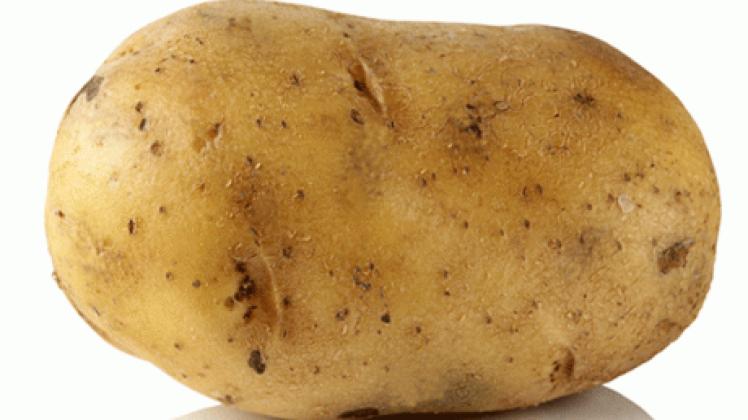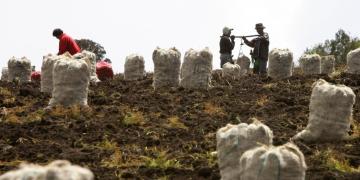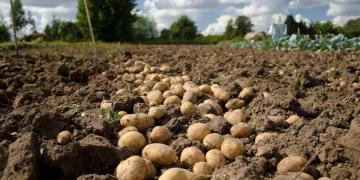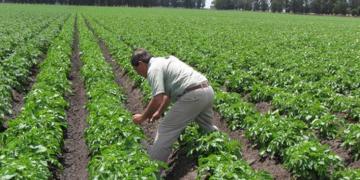EEUU: Zebra chip found in Idaho commercial field
Idaho has confirmed its first tuber from a commercial field infected with zebra chip disease in three years, crop researchers say.

BOISE — A single potato infected with the Liberibacter bacterium, which causes zebra chip disease, has been found in a commercial field in Ada County, University of Idaho Extension entomologist Erik Wenninger confirmed.
Wenninger, who announced the finding on Aug. 25, said no infected plants were found in Idaho commercial fields during either of the past two seasons.
“I don’t anticipate there will be a lot more (zebra chip), but I suspect there will be more than zero this year, which is what we’ve had for the past two years,” Wenninger said.
Wenninger heads the state’s monitoring program for potato psyllids, which harbor Liberibacter. He said the infected plant came from an intensely monitored field with the program’s most insect sticky traps and a higher prevalence of leaf sampling and vacuum sampling.
Wenninger saw no clear foliar symptoms of zebra chip in the field. Symptoms typically include rolling leaves with purplish discoloration, and sometimes tubers forming above ground. The disease, which first arrived in the Northwest in 2011, creates patterns in tuber flesh that darken when fried, rendering spuds unmarketable.
Wenninger said he dug up a row of spuds in the field, despite the lack of symptomatic plants, due to the field’s high pressure from infected psyllids. He suspects the infection was simply too recent for symptoms to fully develop. However, he wasn’t surprised to find zebra chip in the field, based on the pressure level. Rather, he said he was surprised he didn’t find more infection. He plans to return to the field soon to take additional samples.
Wenninger encourages growers and crop consultants to scout fields for zebra chip symptoms, but he acknowledges vines are now senescing prior to harvest, making detection challenging.
Wenninger said psyllids arrived a couple of weeks early this season, and psyllid populations and the percentage of infected psyllids have been at their highest levels since 2012, especially in Treasure Valley. Once again, Eastern Idaho hasn’t had pressure from Liberibacter.
Jeff Miller, with Rupert-based Miller Research, said zebra chip warranted growers’ concern this season.
“I know guys who probably sprayed more this year than they have in the past because we found hot psyllids in late June,” Miller said.
However, Miller said an outbreak of late blight has shifted attention away from zebra chip.
“Growers had to spend a lot of money this season,” Miller said.
Wenninger said Washington State University, University of Idaho, Oregon State University and the USDA’s Agricultural Research Service were recently awarded a multi-million-dollar grant from USDA’s Specialty Crop Research Initiative to fund psyllid monitoring in the states for the next three years. If the Idaho Potato Commission again approves supplemental funding for the effort, Wenninger said Idaho should maintain its monitoring program at current levels.
Fuente: http://www.capitalpress.com/Idaho/20150827




